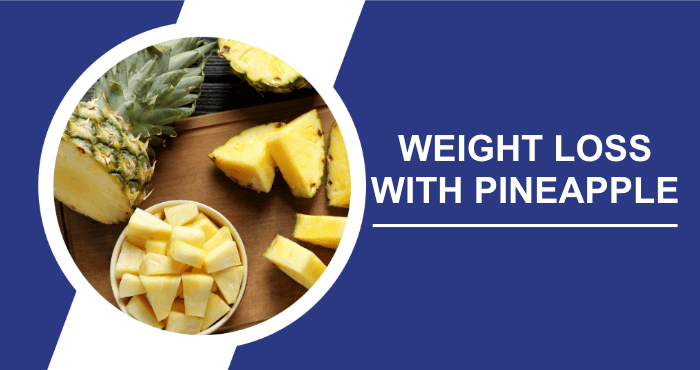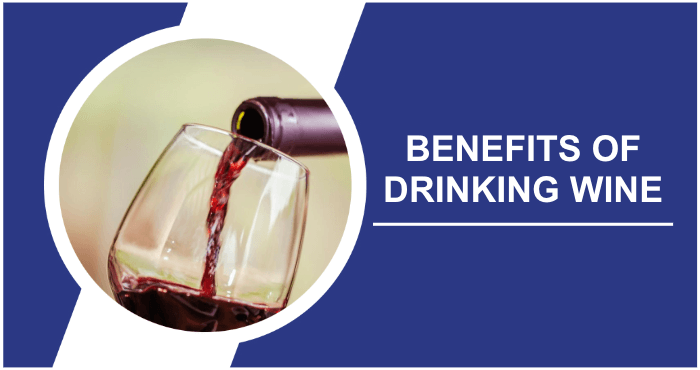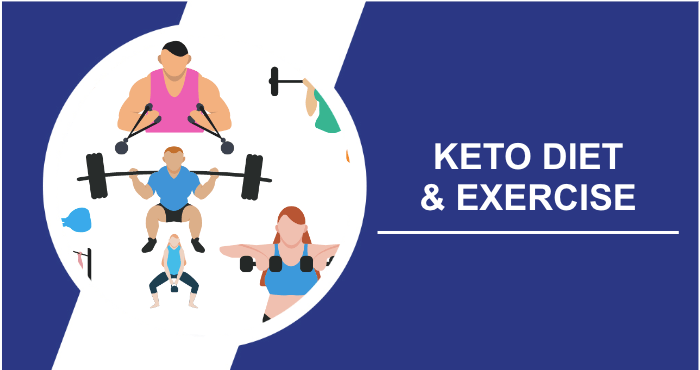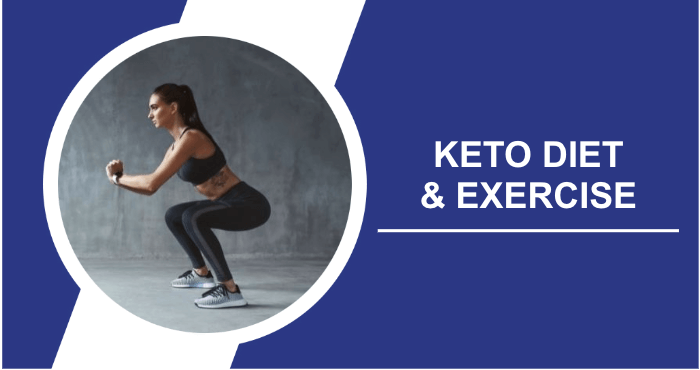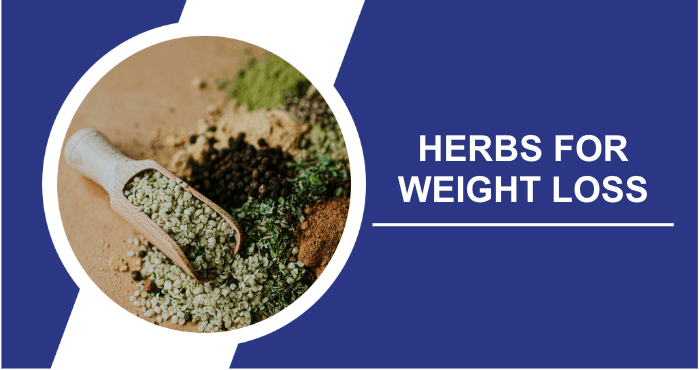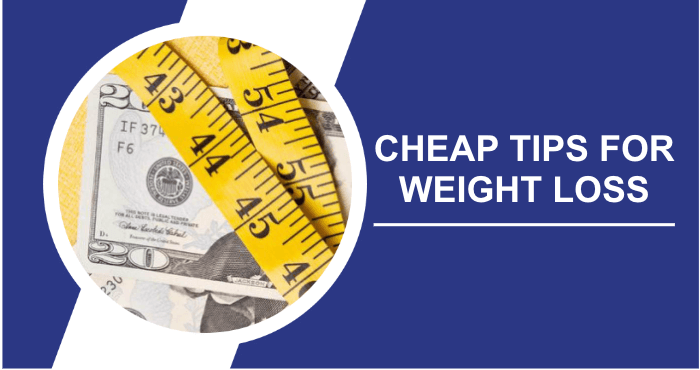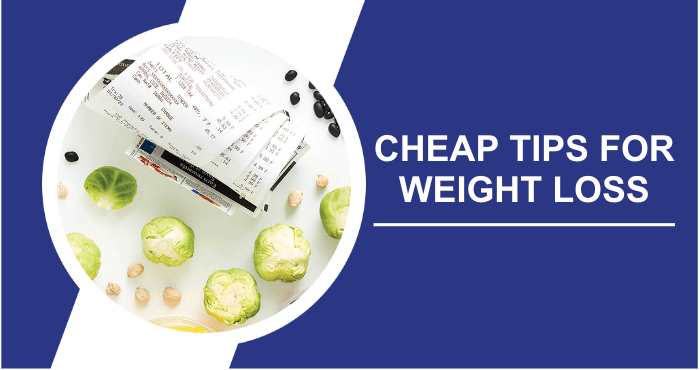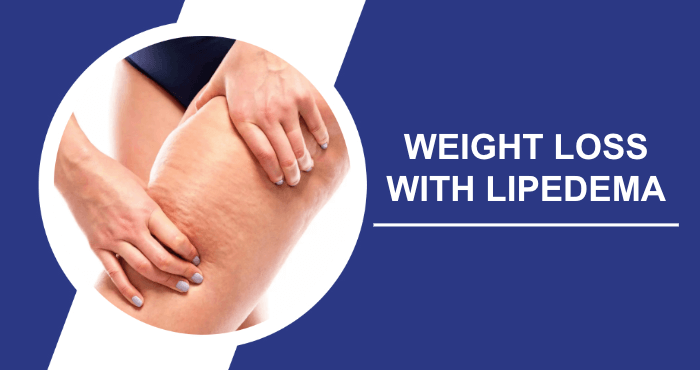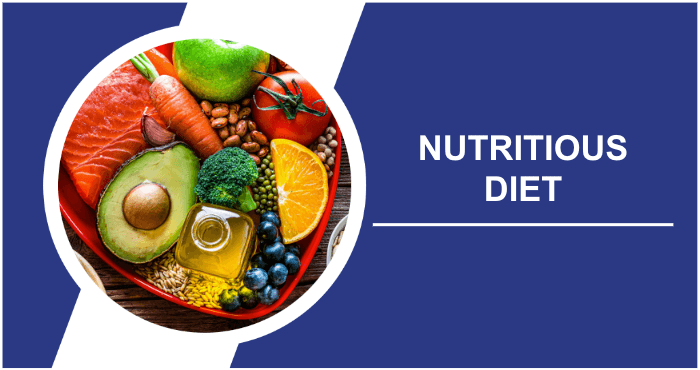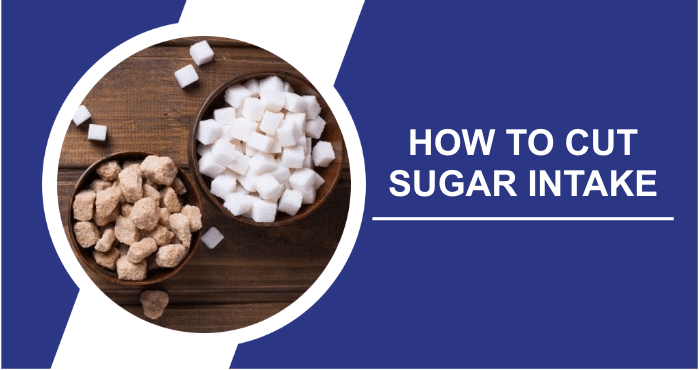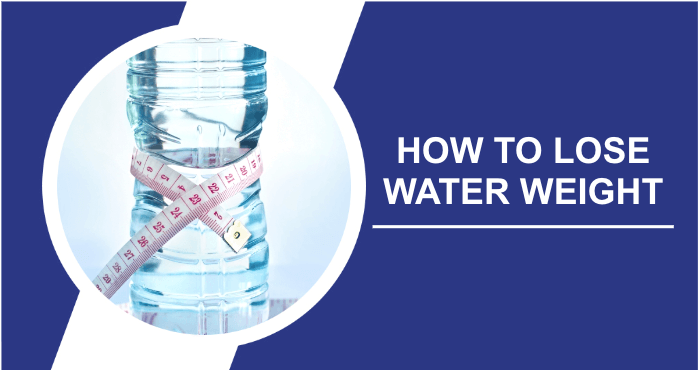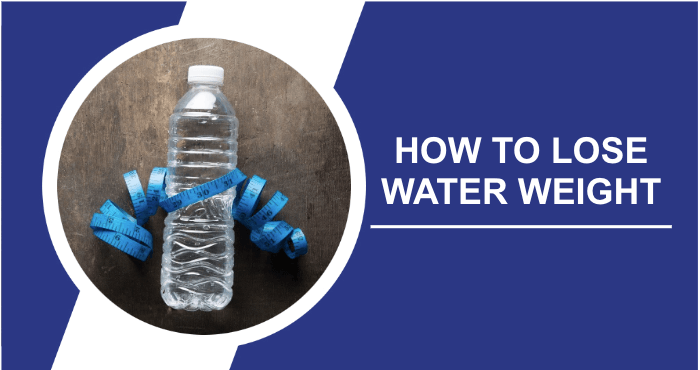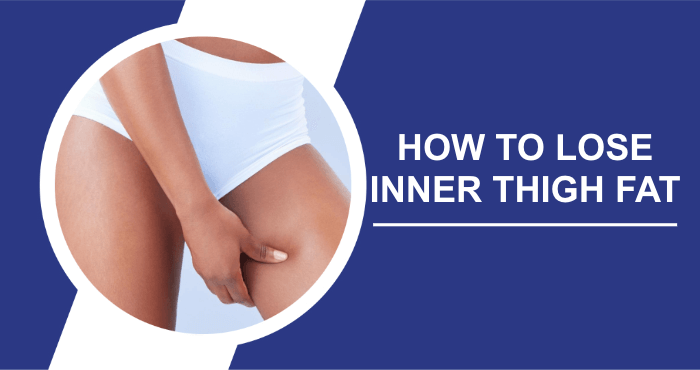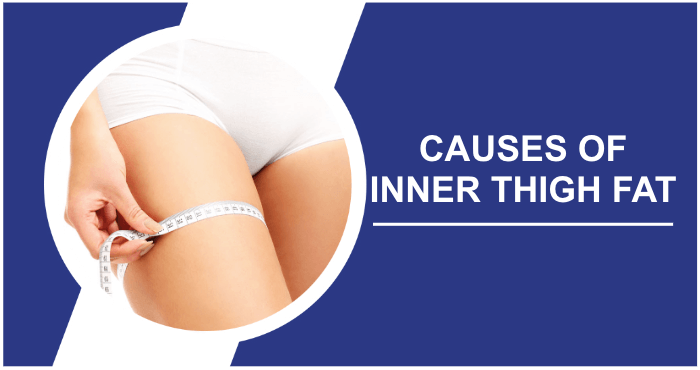Weight loss diets often include a variety of fruits due to their value and relatively low calorie content. Pineapple, known for its tangy flavor is a popular fruit that stands out for its impressive nutritional profile. In the past pineapple gained attention as a weight loss aid leading to a trend in the 1970s where people consumed amounts of pineapple while severely restricting other foods. However such diets focused on a food lack balance and can have negative health consequences.
Modern versions of the pineapple diet are less extreme. May still lack diversity. Some variations suggest incorporating pineapple juice into your diet with an emphasis on consuming squeezed juice. Ideally pineapple should be enjoyed in moderation as part of a rounded eating plan.
Does Pineapple Actually Contribute To Weight Loss? When aiming to lose weight many experts recommend increasing fruit and vegetable intake since these foods are rich in nutrients while providing few calories. Including fruits like pineapple in your diet can be beneficial for weight loss when they replace higher calorie options. Pineapple is naturally sweet yet nutrient packed making it an excellent choice, for those looking to shed pounds.
What Is The Best Time To Eat Pineapple For Weight Loss?
Having pineapple as a snack between meals is an option for those aiming for weight loss. The presence of fiber in pineapple helps in feeling full leading to a reduction in calorie intake. Consuming pineapple, in the morning can give a metabolism boost while having it as an afternoon snack aids digestion and provides energy. It’s advisable to avoid eating pineapple at night to prevent any sleep disturbances caused by the sugar content.
Nutritional Benefits Of Pineapple
Are there any health benefits to including pineapple in your diet? A cup of pineapple (165 grams) has a low calorie count of only 83 calories but it provides over two grams of fiber and is a good source of fluids. The fiber content in pineapple aids in weight management by promoting a feeling of fullness and reducing overeating. Numerous studies have also linked fiber intake to increased weight loss.
Pineapple is a hydrating fruit with 86% water content. Including foods with high water content can contribute to better hydration, which is particularly important during weight loss as thirst can often be mistaken for hunger. Some studies suggest that increased fluid intake may lead to weight loss.
Polyphenols
One notable benefit of pineapple is its polyphenol content, which are plant compounds known for their antioxidant properties. Laboratory experiments have demonstrated that polyphenols found in pineapple and other fruits may inhibit the enzymes for digesting fats and carbohydrates resulting in reduced absorption and fewer calories being taken up by the body.
Studies conducted on rats have shown that incorporating pineapple into their diet helped mitigate the effects of a high fat high cholesterol diet by reducing weight gain, body fat accumulation and cholesterol levels. However more research is needed to determine the impact these compounds have, on human weight status.
Pineapple Health Benefits
It is recommended by experts to have a diet that includes a variety of fruits and vegetables not for maintaining a healthy weight but also for preventing chronic diseases and promoting longevity. Pineapple and cantaloupe offer more than just low calories; it also provides various nutritional and antioxidant advantages.
1. Health Effects
Ongoing research is currently focused on investigating the health benefits of pineapple and its components. Traditionally pineapple has been used to address issues. Furthermore studies have also explored its impact on immunity and cardiac well being.
Digestive Well being; Apart from its fiber content pineapple contains bromelain which aids in digestion by providing protease enzymes that assist in breaking down proteins into acids. Bromelain is also known for its inflammatory properties within the digestive system. However it is important to note that most of the existing research has been conducted in laboratories or with animals necessitating studies to determine if these benefits are similarly observed in humans.
Immune System; Research conducted on schoolchildren in the Philippines revealed that consuming two cans of pineapple daily improved their health potentially due to increased intake of vitamin C and a reduction in common infections. It should be noted that since some of the children were malnourished these results may differ among individuals who’re well nourished. Additionally other studies suggest that bromelain might positively impact health.
Cardiac Health; Studies indicate that consuming pineapples can help lower cholesterol levels and reduce heart inflammation in rodents due, to the presence of various polyphenols. However further research is necessary to determine if these findings can be applied to cardiac health benefits.
2. Nutrients And Antioxidants

One of the nutrients found in pineapple is vitamin C, which plays a vital role in supporting the immune system maintaining healthy skin and preserving the well being of other bodily tissues. Additionally it contains manganese, a mineral for building strong bones. Moreover pineapple offers a range of nutrients such as potassium, iron, calcium, along with trace minerals and B vitamins.
Furthermore pineapple boasts antioxidant properties. Apart from vitamin Cs antioxidant benefits it contains polyphenolic compounds, like catechin, epicatechin, gallic acid, ferulic acid and luteolin. These compounds contribute to reducing the risk of chronic diseases.
Additionally worth noting is that pineapple is a source of dietary fiber. Research indicates that consuming a fiber diet can lead to better gut health by promoting a healthier gut microbiome. It also reduces the risk of issues while aiding in managing blood sugar levels effectively. Furthermore a high fiber diet has been associated with decreased risks of disease and certain types of cancer. Pineapple is great for keeping your digestion regular due, to its high fiber content and the abundance of water it contains.
3. Bromelain
Bromelain is an enzyme in pineapple that offers a range of beneficial properties. It has been found to possess inflammatory, antibacterial, antiviral and anticancer effects. Numerous studies on bromelain supplementation have revealed advantages, such as a decreased risk of blood clot formation, relief from pain and inflammation in post surgical patients and those with arthritis as well as improved healing of wounds and injuries.
Although consuming pineapple may not yield the outcomes as taking bromelain supplements due, to its lower content the bromelain naturally occurring in pineapple can still contribute to overall health benefits.
Are There Any Scientific Studies?
There haven’t been scientific studies that directly link eating pineapple to major weight loss. Pineapple does contain bromelain, an enzyme that helps with digesting protein and potentially boosts metabolism. However it doesn’t have an impact on weight loss. The fruit is low in calories and rich in fiber, which could contribute to feeling full and aid, in managing weight.
Top Methods To Eat Pineapple For Weight Loss
The benefits of incorporating pineapple into your diet for weight loss are worth considering. There are ways to enjoy this delicious seasonal fruit in your meals.
Preparing Pineapple
When selecting a pineapple it’s best to choose one that has a vibrant golden color and feels firm but tender to the touch (avoid pineapples that are overly soft or damaged). After removing the leaves peeling and removing the seeds you can cut the pineapple into pieces or cubes. Pineapple is an healthy treat. For a meal that aids in weight management you can pair pineapple with proteins like nuts, Greek yogurt, ricotta cheese or even enjoy it alongside a slice of cheese.
To incorporate pineapple into your dishes consider adding it to leafy greens for salads or fruit salads. You can also grill it on skewers. Use it in various savory recipes. Fresh or frozen pineapple can be blended into smoothies for a snack. To control calorie intake be mindful of portion sizes. Avoid adding extra sugar.
Selecting Pineapple
Deciding whether to purchase a pineapple or pre sliced ones depends on the availability during different seasons. If fresh pineapples are not easily accessible you can opt for canned or dehydrated varieties, which are more convenient to find and use. Frozen unsweetened pineapple retains its composition similar to fresh pineapples although the vitamin C content might be slightly reduced due to processing. On the hand canned pineapples contain less vitamin C compared to fresh ones and dehydrated pineapples have even lower levels.
When choosing frozen or dehydrated pineapple options it’s advisable to check the label and avoid those with added sugar. Dehydrated pineapple tends to have a calorie content with 120 calories per half cup serving if you’re concerned about your calorie intake.
Can pineapple juice contribute to weight loss? Pineapple juice is available in stores. Can be made at home using a juicer. However it’s important to note that pineapple juice may not be the suitable choice for weight loss as it lacks fiber and has a higher concentration of sugar and calories, per cup. To manage your calorie intake it’s best to refrain from adding sugar and be conscious of the amount of juice you consume.
How Fast Can I Lose Weight With Pineapple?
Eating pineapple on its own will not have an impact on speeding up weight loss. Pineapple is a low calorie fruit that is packed with fiber and water which can help you feel full. When it comes to losing weight the key factor is creating a calorie deficit. This usually involves a combination of eating and regular exercise. While pineapple does contain bromelain an enzyme believed to support digestion and metabolism its impact on weight loss is minimal.
The effective approach to shedding pounds remains maintaining a balanced diet and engaging in consistent physical activity. It’s important to prioritize weight loss by aiming for a gradual rate of 1 2 pounds, per week.
Potential Health Risks
Pineapple has health benefits but its important to be aware of certain risks. Some individuals may need to avoid consuming pineapple due to allergies or specific limitations. It’s possible to experience effects such as;
- Allergies; Certain people may have reactions to pineapple or its enzyme, bromelain. These reactions can be severe. May even cause difficulty in breathing.
- Irritation; Consuming amounts of pineapple can lead to mouth and gastrointestinal tract irritation due to its acidity and bromelain content. Additionally the acidity of pineapple has the potential to harm tooth enamel.
- Sugar Content; Pineapple is naturally high in sugars with 16 grams per cup serving. However the fiber present in pineapple helps regulate sugar absorption. If you’re concerned, about blood sugar levels it’s advisable to control portion sizes and avoid pineapple products that contain added sugars.
Can I Eat Pineapple Every Day?
Including pineapple in your diet can be a helpful addition to a weight loss plan because it contains fiber and is low in calories. However it’s important to note that pineapple alone is not a solution for losing weight. Pineapple offers vitamins and enzymes, like bromelain that can support digestion. Achieving effective weight loss requires a well balanced diet and regular exercise.
It’s crucial to avoid consumption of pineapple as it can lead to consuming too much sugar. For weight loss and overall health benefits its recommended to incorporate a variety of fruits, vegetables, lean proteins and whole grains into your diet.
Frequently Asked Questions
Can pineapple assist in weight loss?
Yes pineapple can be beneficial for weight loss. Due to its calorie and high water content it makes for an excellent snack option for those looking to shed pounds. The fiber present in pineapple also promotes a feeling of fullness thereby reducing calorie intake.
What role does pineapple play in weight loss?
Pineapple is believed to aid digestion and potentially boost metabolism due to the presence of the enzyme bromelain. Its high fiber and water content can help create a sense of satiety making you less likely to overeat.
Can pineapple directly eliminate fat?
While pineapple possesses properties that contribute to weight loss it cannot directly target elimination. No specific food can exclusively target reduction; rather weight loss occurs when there is a caloric deficit (burning more calories than consumed).
What is the recommended serving size of pineapple for weight loss?
Moderation is key. A typical serving of pineapple ( 3/4 cup or 165 grams) contains around 80 calories. It’s important to maintain a balanced diet and avoid excessive consumption of pineapple due to its natural sugar content.
Are there any drawbacks of consuming pineapple for weight loss?
In some instances excessive consumption of pineapple may cause heartburn or discomfort due, to its acidity. Furthermore the abundance of sugars, in it can contribute to higher calorie intake and potential weight gain if not paired with a well balanced diet and consistent physical activity.
Conclusion
In summary pineapple is a tropical fruit that is generally low in calories. It offers versatility in terms of its availability and preparation methods. Like fruits incorporating pineapple into your diet contributes to overall balance. Thanks to its density, fiber content, hydration properties and polyphenols present within it; including pineapple, as part of your health conscious lifestyle may aid in weight management and reducing belly fat.
Recent research indicates that pineapple and its components might not help with weight loss but also have potential benefits, for the immune system, digestion and heart health.
Sources
- Tahreem, A., et al. (2022). Fad Diets: Facts and Fiction. [online] 9. Link.
- USDA (2023). FoodData Central. Link.
- Barber, T.M., et al. (2020). The Health Benefits of Dietary Fibre. [online] 12(10), pp.3209–3209. Link.
- Thornton, S.N. (2016). Increased Hydration Can Be Associated with Weight Loss. [online] 3. Link.
- Piya Temviriyanukul, et al. (2021). Analysis of Phytonutrients, Anti-Mutagenic and Chemopreventive Effects of Tropical Fruit Extracts. [online] 10(11), pp.2600–2600. Link.
- El-Shazly, S.A., et al. (2018). Physiological and molecular study on the anti-obesity effects of pineapple (Ananas comosus) juice in male Wistar rat. [online] 27(5), pp.1429–1438. Link.
- Porrnthanate Seenak, et al. (2021). Pineapple consumption reduced cardiac oxidative stress and inflammation in high cholesterol diet-fed rats. [online] 18(1). Link.
- NIH (2020). Office of Dietary Supplements – Vitamin C. Link.
- Ioniță-Mîndrican, C.B., et al. (2022). Therapeutic Benefits and Dietary Restrictions of Fiber Intake: A State of the Art Review. [online] 14(13), pp.2641–2641. Link.
- Vidhya Rathnavelu, et al. (2016). Potential role of bromelain in clinical and therapeutic applications. [online] 5(3), pp.283–288. Link.
- Paweł Hikisz, et al. (2021). Beneficial Properties of Bromelain. [online] 13(12), pp.4313–4313. Link.
- Manzoor, Z., et al. (2016). Bromelain: Methods of Extraction, Purification and Therapeutic Applications. Link.
- Pavan, R., et al. (2012). Properties and Therapeutic Application of Bromelain: A Review. [online] 2012, pp.1–6. Link.
- Muhammad ZA & Ahmad T (2017). Therapeutic uses of pineapple-extracted bromelain in surgical care – A review. JPMA. Link.
- Chakraborty, A., et al. (2021). Bromelain a Potential Bioactive Compound: A Comprehensive Overview from a Pharmacological Perspective. [online] 11(4), pp.317–317. Link.
- NCCIH (2020). Bromelain. Link.
- Dinarello, C.A. (2010). Anti-inflammatory Agents: Present and Future. [online] 140(6), pp.935–950. Link.
- Mavil May Cervo, et al. (2014). Effects of Canned Pineapple Consumption on Nutritional Status, Immunomodulation, and Physical Health of Selected School Children. [online] 2014, pp.1–9. Link.
- Noor Atiqah Zuraini, et al. (2021). Promising Nutritional Fruits Against Cardiovascular Diseases: An Overview of Experimental Evidence and Understanding Their Mechanisms of Action. [online] Volume 17, pp.739–769. Link.
- Md. Farid Hossain (2015). Nutritional Value and Medicinal Benefits of Pineapple. [online] 4(1), pp.84–84. Link.
- USDA (2023). FoodData Central. Link.
- USDA (2023). FoodData Central. Link.
